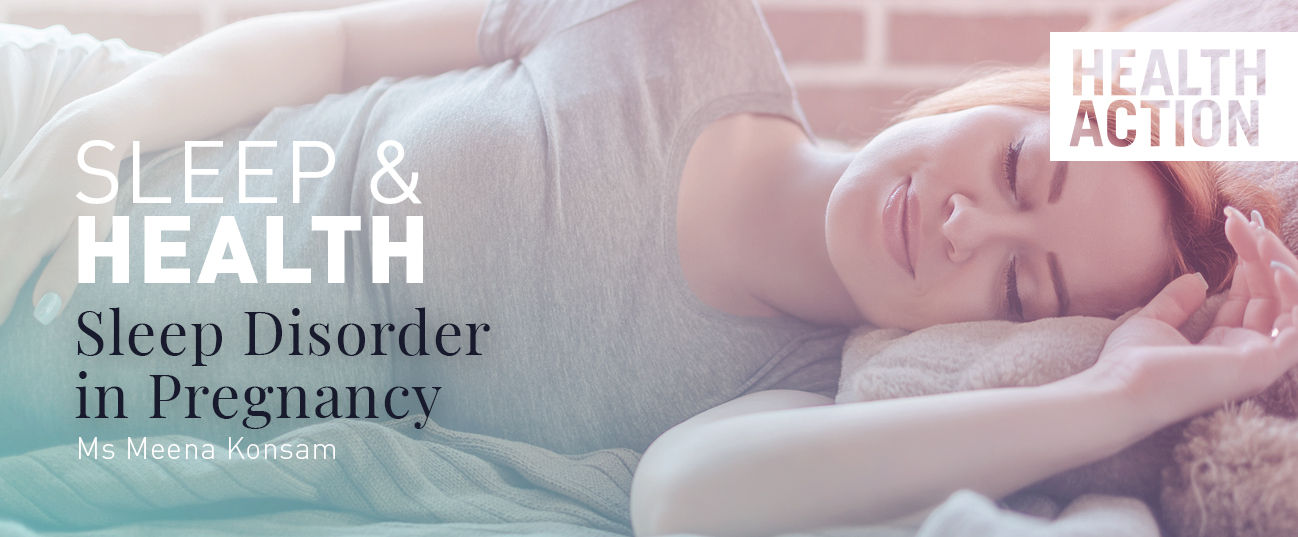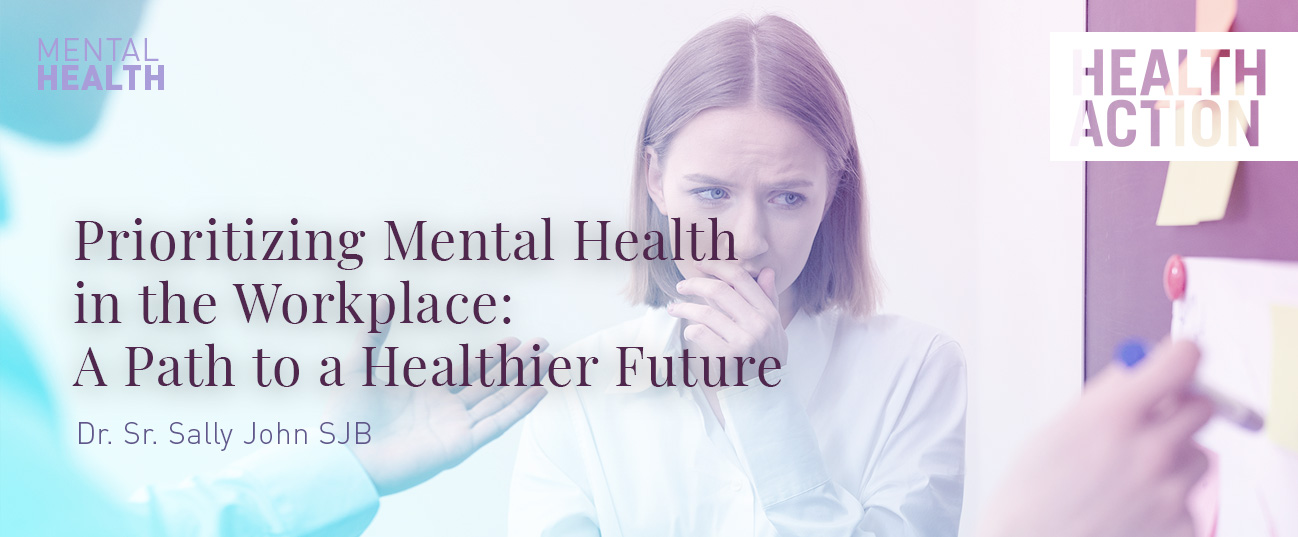
- Insomnia.
- Sleep-related breathing disorders (obstructive sleep apnea)Central disorders of hypersomnolence.
- The bedroom should be a quiet, relaxing place to sleep, make sure the room is not too hot or too cold.
- Circadian rhythm sleep-wake disorders.
- Parasomnias.
- Sleep-related movement disorders.
- Other sleep disorders (Restless legs syndrome).
Directing Sleep Disorders and RLS During Pregnancy
Sleep disturbance increases during pregnancy. Most pregnant women get affected one-quarter in the first trimester (first 3 months) of pregnancy to over two-thirds by the end of the third trimester (7 months to 9 months). The most common sleep disorder during pregnancy is insomnia. Some causes of insomnia are nausea, urinary frequency during night-time (nocturia), backache, heartburn, leg cramps, restless legs syndrome, and physical limitations to attain a comfortable position by the end of pregnancy.
The Restless Legs Syndrome (RLS), also known as Willis Ekbom disease, is very common during pregnancy, affecting approximately one in five women and it hinders quality of sleep. The hallmark symptom of RLS is an urge to move legs that occurs at rest and is relieved by movement, accompanied by uncomfortable sensations in the legs (such as itching, aching, twitchy, tingling, burning, etc.) and other symptoms like excessive daytime sleepiness. The cause of RLS is unknown but sometimes can be caused by a change in hormones, iron-deficiency anaemia, rheumatoid arthritis, diabetes, hypothyroidism, high body mass index, a diet rich in caffeine and alcohol consumption, as well as some medications.
Depression occurs as co-morbid with RLS and mostly occurs among first-time pregnant women. RLS symptoms can lead to developing in pregnant women gestational hypertension, preeclampsia, caesarean delivery, and poor sleep quality. Some key preventive measures during pregnancy under non-pharmacological therapy for RLS are as follows:
- Regular physical exercise: Exercise enhances deep sleep, reduce RLS symptoms, benefit in mental health.
- Avoidance of exacerbating factors: insufficient sleep, pain, iron deficiency, irregular sleep, caffeine, and nicotine.
- Sleep hygiene training.
- Cognitive behavioural therapy.
- Other approaches: Yoga, massage, and music therapy.
- Diet: iron and folic-rich diet, and iron supplementation.
- Sleeping on side (left) position.
In about 80% of women with RLS, symptoms subside after childbirth. However, in some cases, refractory symptoms appear among post-childbirth. Therefore, it is advisable for women to be reassessed with the iron status, and follow medical treatment as per the physician’s order as well as to continue a non-pharmacological regimen.




